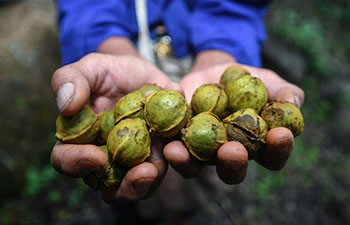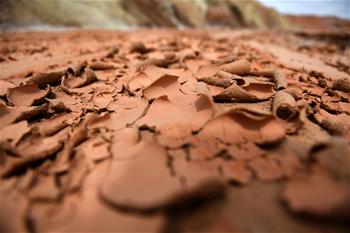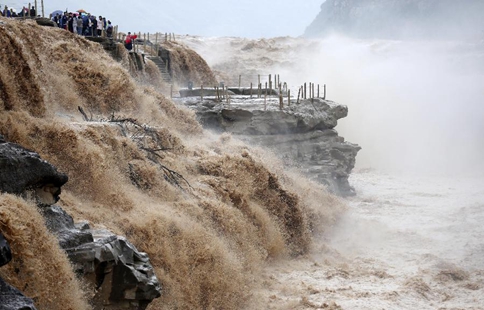CANBERRA, Sept. 8 (Xinhua) -- Small animals and plants could be living in warm caves under Antarctica, an Australian study has found.
Researchers from the Australian National University (ANU) found extensive cave systems under Ross Island in Antarctica that were hollowed out by steam from Mount Erebus, an active volcano on the island.
Ceridwen Fraser, the lead researcher from the ANU Fenner School of Environment and Society, said analysis of soil from the caves turned up DNA traces from algae, mosses and small animals.
"It can be really warm inside the caves - up to 25 degrees Celsius in some caves," Fraser said in a media release on Friday.
"There's light near the cave mouths, and light filters deeper into some caves where the overlying ice is thin."
She said most of the DNA was similar to that of species found elsewhere in Antarctica but there were some sequences that could not be identified.
"The results from this study give us a tantalising glimpse of what might live beneath the ice in Antarctica - there might even be new species of animals and plants," Fraser said.
The study, published in the international journal Polar Biology on Friday, was a collaborative effort between ANU, the University of Maine in the United States and New Zealand's University of Waikato.
Laurie Connell, a co-researcher from the University of Maine, said although the DNA traces were intriguing, the researchers have not yet uncovered any sign that animals and plants were still living in the caves.
"The next steps will be to take a closer look at the caves and search for living organisms. If they exist, it opens the door to an exciting new world," Connell said.

















